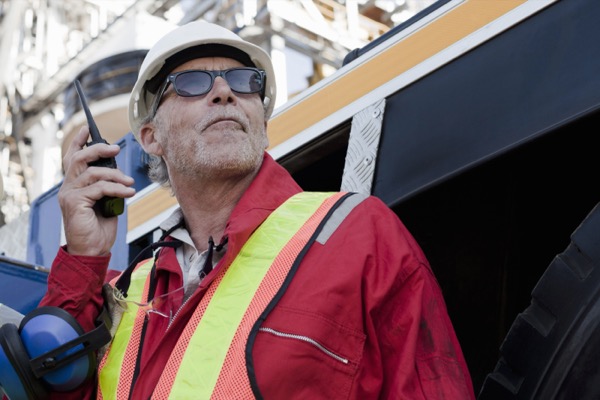Electricity is essential for many manufacturing processes, but it also poses a significant risk to workers. Electrical safety is crucial in a manufacturing environment to prevent accidents, injuries, and even fatalities. In this article, we will discuss the importance of electrical safety, common electrical hazards, and safety measures that can be taken to prevent accidents in a manufacturing setting.
Understanding Electrical Safety
Electricity can be hazardous, and it is vital to understand the potential dangers associated with it. Electrical safety involves taking appropriate measures to ensure that workers are protected from electrical hazards. It is essential to have a thorough understanding of the safety regulations and guidelines set by the Occupational Safety and Health Administration (OSHA).
Common Electrical Hazards
In a manufacturing environment, several electrical hazards can pose a risk to workers. The most common hazards include electrical shock, electrocution, electrical burns, and fires caused by electrical faults. Electrical shocks occur when an electrical current passes through a person’s body, while electrocution occurs when the electrical current causes death. Electrical burns can result from an arc flash, an explosion caused by an electrical fault that releases a significant amount of energy in a short amount of time.
Electrical Safety Measures
To prevent electrical hazards in a manufacturing environment, the following safety measures must be taken:
a. Proper Training: Workers should receive proper training on electrical safety procedures, including the use of personal protective equipment (PPE).
b. Inspection and Maintenance: Electrical equipment should be regularly inspected and maintained to ensure that it is in good condition and safe to use.
c. Ground Fault Circuit Interrupters (GFCI): GFCIs should be installed to prevent electrocution by detecting and interrupting electrical faults.
d. Lockout/Tagout Procedures: Lockout/tagout procedures should be implemented to ensure that electrical equipment is not accidentally energized during maintenance or repair work.
e. Personal Protective Equipment (PPE): Workers should be provided with the appropriate PPE, such as insulated gloves and safety glasses, to protect them from electrical hazards.
f. Warning Signs and Labels: Warning signs and labels should be placed near electrical equipment to warn workers of potential hazards.
Conclusion
Electrical safety is crucial in a manufacturing environment to prevent accidents and injuries. By understanding the potential hazards associated with electricity and implementing appropriate safety measures, workers can be protected from electrical hazards. It is essential to regularly inspect and maintain electrical equipment and provide workers with proper training and PPE to ensure their safety.
FAQs:
Q1. What is electrical safety?
A1. Electrical safety involves taking appropriate measures to ensure that workers are protected from electrical hazards.
Q2. What are the common electrical hazards in a manufacturing environment?
A2. The most common hazards include electrical shock, electrocution, electrical burns, and fires caused by electrical faults.
Q3. What safety measures can be taken to prevent electrical hazards in a manufacturing environment?
A3. The safety measures that can be taken include proper training, inspection and maintenance, GFCIs, lockout/tagout procedures, PPE, and warning signs and labels.
Q4. What is an arc flash?
A4. An arc flash is an explosion caused by an electrical fault that releases a significant amount of energy in a short amount of time.
Q5. What is Lockout/Tagout?
A5. Lockout/tagout procedures should be implemented to ensure that electrical equipment is not accidentally energized during maintenance or repair work.







